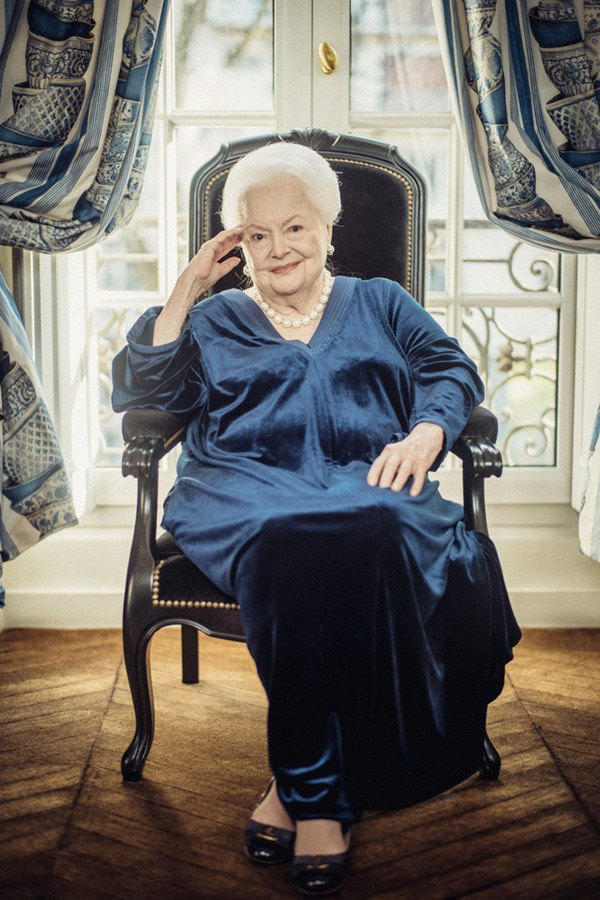Let’s rewind for a moment. Imagine being born in Tokyo in 1916 to British parents, moving to California as a child, and then—boom—ending up as one of Hollywood’s most iconic stars. That’s how Olivia de Havilland’s story kicked off, and from day one, she seemed destined for something big. Even as a teen, she had that sparkle, the kind you can’t fake or teach.
And while most of us know her as a leading lady from Hollywood’s Golden Age, Olivia was more than a beautiful face framed in soft light. She had guts, grit, and a mind as sharp as her cheekbones.
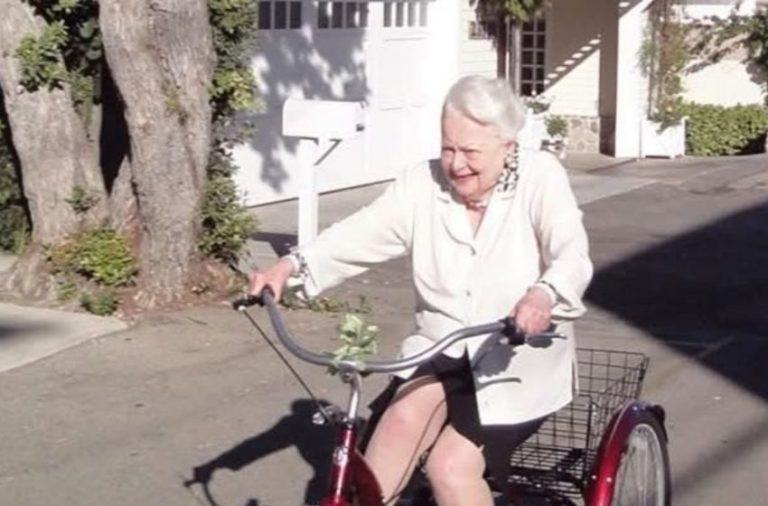
Breaking Through with Flynn and Finding Stardom
Olivia’s early work alongside Errol Flynn practically crackled on screen. Movies like Captain Blood and The Adventures of Robin Hood turned them into one of Hollywood’s most beloved duos. Their chemistry? Off the charts. Flynn brought the swagger, and Olivia brought the soul. Together, they were magic.
But Olivia didn’t just settle for romantic sidekick roles. She was aiming higher.
Video: Olivia de Havilland presents the 75th Academy Awards Reception
Stealing Scenes in Gone with the Wind
In 1939, Olivia stepped into a role that would define her legacy: Melanie Hamilton in Gone with the Wind. While Scarlett O’Hara was the fire, Melanie was the steady flame. And Olivia played her with grace and quiet strength that stole more scenes than anyone expected.
That role earned her an Oscar nomination and proved she could hold her own next to Hollywood heavyweights. It wasn’t flashy, but it was powerful—just like Olivia herself.
A Decade of Depth: The ’40s and Her Oscar Reign
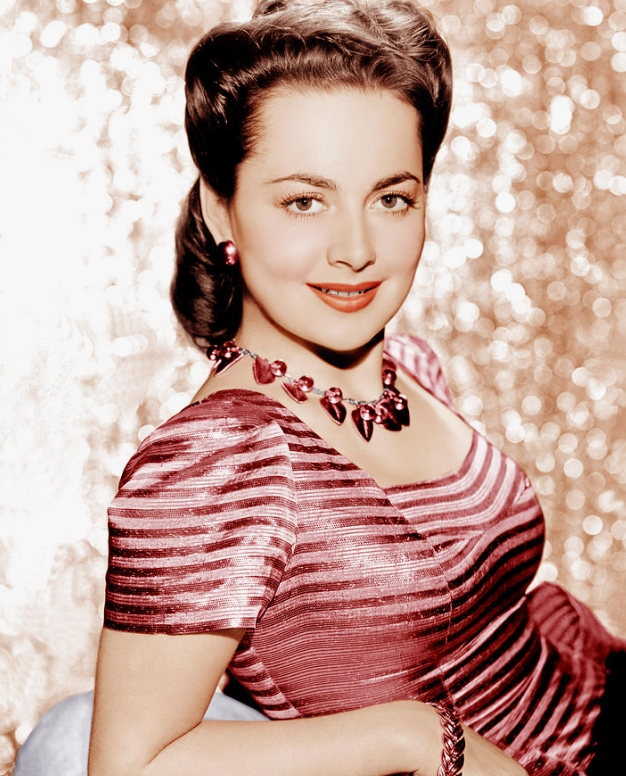
Then came the 1940s, and Olivia didn’t just act—she owned the screen. She scooped up two Academy Awards: one for To Each His Own and another for The Heiress. These weren’t lighthearted roles. They were layered, painful, and deeply human.
What made Olivia stand out was her willingness to dive into the emotional muck. She didn’t need to look perfect—she needed to feel real. And boy, did she deliver.
Going Head-to-Head with Hollywood’s Studio Machine

If her acting career made her famous, her legal fight made her a legend.
Back in the 1940s, Hollywood studios held tight control over their actors—like a leash you couldn’t shake. Contracts were ironclad and endlessly extendable. Most stars gritted their teeth and played along. But not Olivia.
In 1943, she sued Warner Bros. for unfair contract practices. It was bold. It was risky. And it changed everything.
She won, and the ruling became known as the “De Havilland Law.” That legal victory didn’t just help her—it freed generations of actors from contract shackles. Olivia didn’t just play courageous women—she was one.
Swapping Limelight for Parisian Peace
Video: Olivia de Havilland: 60 Second Bio
After the war and the courtroom, Olivia slowly stepped away from Hollywood. In the 1950s, she packed her bags and moved to Paris. No red carpets. No flashing lights. Just a quiet, beautiful life full of writing, family, and the occasional carefully chosen role.
Even though she wasn’t chasing fame anymore, it never quite left her. She made rare appearances at film festivals and tributes, always with the kind of poise that made you want to sit up straighter just watching her walk.
Family Feud with a Twist of Oscar Gold
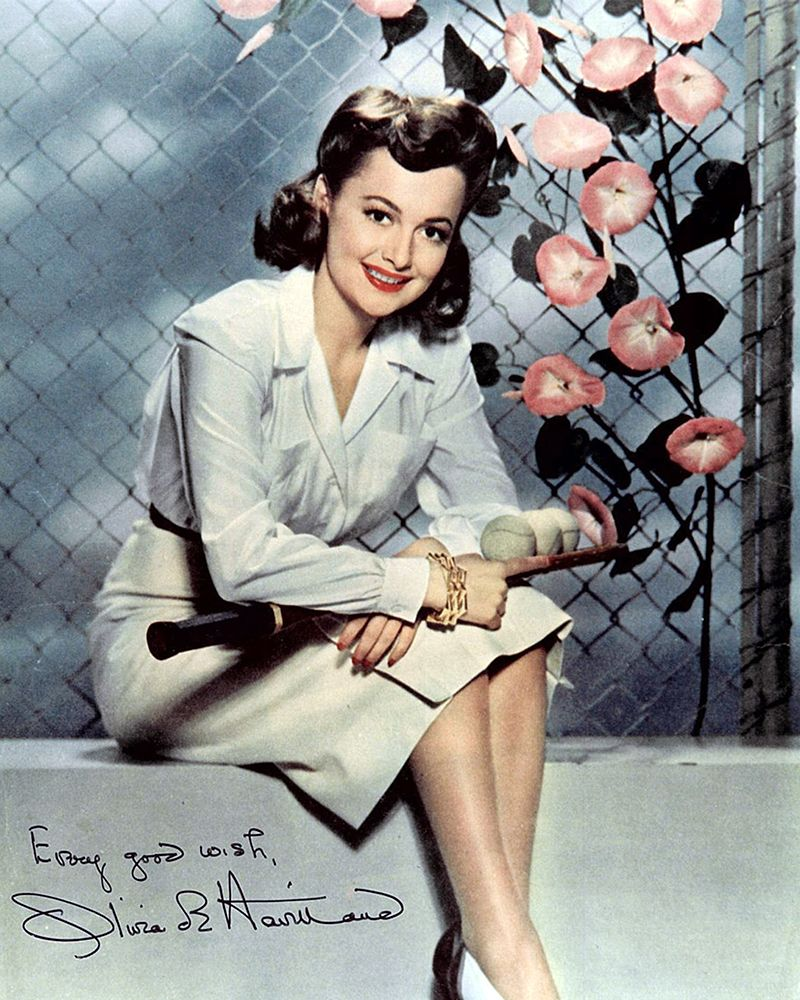
Now let’s talk about one of Hollywood’s most whispered-about rivalries—Olivia and her sister Joan Fontaine. Both were Oscar winners. Both were stunning. Both were fierce. And their relationship? Complicated.
They were the only sisters to win Best Actress in separate years, yet barely spoke for decades. Olivia never made a spectacle of their feud. She didn’t spill tea in interviews or shade Joan in the press. She kept it classy—because even off-screen, Olivia believed in holding herself to a higher standard.
A Long Life Filled with Purpose and Quiet Power
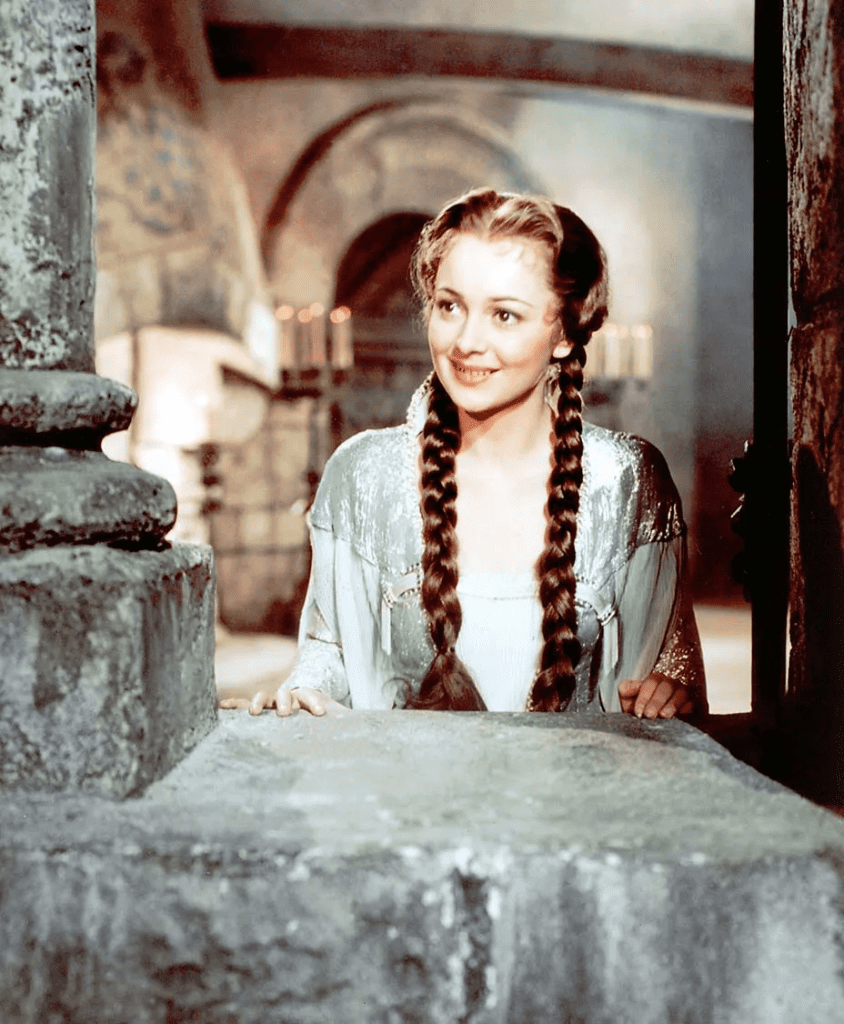
Olivia didn’t just age—she did it on her own terms. At 101, she was named a Dame Commander of the British Empire. That’s right, Dame Olivia de Havilland. And let’s be honest, that title was long overdue.
She lived out her final years in Paris and passed peacefully in 2020 at 104. The end of her story marked the closing chapter of the Golden Age of Hollywood. But her legacy? Oh, that’s eternal.
Conclusion: Olivia de Havilland Was More Than a Movie Star
Video: Olivia de Havilland from 0 to 104 years old
She wasn’t just one of the last shining lights from classic Hollywood—she was the light. Olivia de Havilland gave us unforgettable characters, yes. But more than that, she gave actors their freedom. She challenged the status quo, picked roles that meant something, and built a life that didn’t depend on applause.
Her career wasn’t just about standing in the spotlight. It was about using that spotlight to push for change. She showed us how to live with purpose, walk with dignity, and fight for what’s right—even when the odds are stacked against you.
Olivia de Havilland didn’t just survive Hollywood—she rewrote its rules. And that’s a legacy no script could ever contain.
